|
Walking down the rocky gravel path, the wind nipped at my numbing cheeks and nose. In this moment I thanked myself for neither wearing my hair up nor getting it cut any shorter. Pulling my hood up over my head and stuffing my belongings - binos, pencil pouch and sketchbook - into various pockets, I tugged my sleeves over my fingertips and crunched my hands into fists. the sound of each footstep on the gravel seemed obnoxiously loud compared to the overwhelming silence of the wood. Broken only by the sound of leaves rustling in the wind and the occasional far-off bird call, the silence, a seeming friend of the cold, accompanied me to the stream.
0 Comments
In honor of World Elephant Day today, I wanted to share about one of my most memorable elephant encounters in the Okavango Delta. Just before we sat down for lunch on August 3rd, I asked one of my trainers if I could accompany him and another to the watering hole — named Hidden Lagoon — to help fix the water pump that elephants had yet again uncovered. The Okavango Delta was experiencing its worst drought in decades, water had failed to reach our location yet, and Hidden Lagoon was the only place for miles that served as a dependable water source for all the surrounding animals. The water is pumped out of the ground using energy collected by a series of solar panels, pushed through pipes, and emptied into the watering hole to provide for water-dependent animals in the area. Those working at African Guide Academy tried time and time again to keep the pump and the well out of the grasp of thirsty elephants' trunks. Elephants are incredibly intelligent animals and were able to sense the water coming up from underground and going through the pipes into the watering hole. When they had consumed all the water, they went for the pump. The pump itself was covered in a cage that had been tied down with wires, some of which the elephants seemed to have snapped with their pure strength. Yet again, the elephants had exposed this pump to a point at which it had to be recovered or it would potentially be damaged. This is what we would try to remedy during the excursion. Later that afternoon Mike, Jono and I jumped into the vehicle and took off on our way to the watering hole. As we rounded a bend in the path and Hidden Lagoon came into sight in the distance, Mike and Jono both groaned upon seeing the great number of elephants that were mingling around the water. Mike counted 47 elephants and I later counted 54. They were everywhere — under every patch of shade and playing in every puddle of muddied water. One massive bull elephant was even getting a nice scratch between two trees. There were at least 5 separate breeding herds and countless bulls, and their ages ranged anywhere from one year to forty years. The quickly depleting water collection was completely surrounded by these gorgeous animals. Though it was winter and the sun was still far from its greatest strength, the midday temperatures pushed each elephant to desperation for a sip of water. As soon as we began our approach closer into the lagoon some of the elephants began clearing out. However, those who had been patiently waiting in the cool of the shade filled the empty space: we were completely engulfed in a sea of elephants. Parking between the watering hole and the pump, we were greeted by massive logs and leadwood branches strewn around, indicative of the elephants' handiwork. Mike, Jono and I were going to strategically replace the limbs in such a way that the elephants wouldn't be able to uncover the pump again. Jono shut off the vehicle and the three of us sat quietly, letting the elephants settle their nerves and grow their trust in us, though their wariness was outweighed by pure desperation for water. After about 10 minutes of waiting, strategizing and observing, Jono decided that the coast was clear. Though we were still surrounded on every possible side with elephants continuing to pour into the area, they were, at the moment, at a safe enough distance for us to begin our work Initially I sat on the edge of the vehicle, wanting to stay out of the way until instructed otherwise. I watched the way that all the different elephants interacted with each other and with us:
These different interactions occurred simultaneously, all in a matter of minutes. After a few logs were moved by Mike and Jono, I heard Mike say, "I'm sure Kerr and I can move this big one." Smiling from ear to ear, I leapt off the side of the vehicle, adrenaline coursing through my body: I was on the ground 15 meters away from several dozen elephants, trying to help preserve their water access. My heart was soaring — this was a once-in-a-lifetime experience and yet I wanted it to last forever. As soon as I joined the two on the ground, Jono went through an operating procedure with me: if an elephant came too close, I was to immediately get in the vehicle. If neither Jono nor Mike was able to get in, I was to immediately start the vehicle, which would startle the elephants enough to ward them off. When you are in that kind of situation, there can be no hesitation. You have to have an action plan established in case things go wrong. The three of us worked under the sun, strategically placing and intertwining massive limbs in hopes that the elephants would have a much harder time removing the logs if they were packed down a little better. When an elephant became too curious, Mike talked to the animal, which usually curbed its curiosity. We all laughed, bantered and worked in awe of the circumstance in which we found ourselves: surrounded by over 50 elephants on every side, moving massive logs that would take them one swish of the trunk to remove. Watching each other's backs, we kept an eye out for some of the more testy elephants. At one point, as Mike and I stood up from placing a massive log on the heaping pile, I heard a rustle and Jono say from behind me, "Uh, Kerrington, move to the vehicle and get in, but move slowly." I looked up and Mike nodded, confirming Jono's instruction as I gently set down the branch I was holding and side-stepped to the vehicle with my back towards whatever was happening in front of Jono. "Slowly, slowly…" Jono reassured. I felt excitement rather than fear, as I trusted Jono and Mike completely, knowing that hesitation or failure to heed their commands would end poorly in one way or another. After a few steps, Jono said, "Okay, quickly. Get in the vehicle quickly." Another three steps and I was in the relative safety of the vehicle, watching as Mike and Jono jumped in behind me. I looked to both Jono and Mike and was met by beaming faces, their intoxication with adrenaline just as evident as my own. An unseen elephant female — called a cow — had surprised Jono as she led her herd out of the brush towards water, coming too close for us to comfortably remain on foot. The matriarch approached the vehicle closer, trying to defend her calf and herd with a mock charge, flapping ears and trumpeting. Jono scrambled for the keys and flipped the ignition on. The growling motor startled the cow, and she soon realized not only that we weren't backing down but also that we weren't a threat. She slowly and very cautiously led her calf and herd around the vehicle to the water. At her closest, she was likely 10 meters away from us. The three of us sighed in relief, as we could now resume the nearly-completed task. "Kerrington," Jono ordered, "Stay in the vehicle and keep a watchful eye out for elephants who come too close." "Yeah, and if they do get too close, just start talking to them. They'll understand you," Mike added. As they jumped back onto the ground I returned to my perch on the edge of the vehicle, turning and trying to keep my eyes on every elephant that wandered too close. The nervous cow did approach closer, and I began talking to her, saying, "Hey now, it's okay. No need to worry about us." I spoke at a volume slightly louder than normal with inflection in my voice, similar to the way I would talk to my dogs. Jono and Mike placed the last log on the pile as an elephant approached, causing them to jump back into the vehicle. There was still one massive leadwood limb that needed to be added, but it was far too heavy for Jono and Mike to move alone. So there I sat once more, listening to Mike and Jono plan and strategize what the next move would be. Jono decided that when the nervous cow turned her back to us he would jump out and attach a tow rope to the limb so that we could very securely place it on the heap. Mike jumped into the driver's seat and I stabilized myself on the edge using the roof railing. As Jono guided Mike's driving from the back, the vehicle made its way towards Jono in reverse. The brief ride was bumpy and loud, enough to startle the elephants that were closest to us, giving Jono plenty of safe space to work. After Mike parked, Jono once again waited for things to settle before quietly slipping out to attach the tow rope. Sneaking around the corner of the vehicle, Jono was met with the questioning, watchful gaze of the cow. Mike laughed and said, "Dude, there's no way you're sneaking up on her." Jono shook his head laughing and attached the tow rope to the branch before stepping back by the vehicle once more. "Alright, drive," Jono told Mike. As he accelerated I felt the resistance of the massive limb, which eventually cracked under all the force. Finally, Mike stopped the vehicle. "Mike," Jono laughingly started, "Come take a look at this — there's no way they're getting these off now." Mike climbed down the side of the vehicle for a look as I clambered over three rows of seats to get a look. The limb had literally been warped and pressed onto the others. We were fully convinced that the elephants would not be able to get those off. Satisfied with our work we all sat back in the vehicle, watching the elephants once more before heading back to camp. Much to our disappointment, though I wasn't incredibly surprised, by the time we returned to Hidden Lagoon the next afternoon our contraption had been completely removed by the elephants, serving as a humble reminder of their vast strength compared to our own.
That afternoon serves as one of my favorite memories from my first trip to Botswana, and it is a treat to vicariously relive it on this World Elephant Day. Starting any new thing can be an intimidating task, and dipping one's toe into the world of bird watching is no different. With over 2,000 bird species in North America and nearly 18,000 bird species in the world, birding can definitely seem like an overwhelming hobby to start. I found myself in that camp nearly a year ago when I was in the middle of the Okavango Delta studying for an exam that included being able to recognize 40 different bird species both by sight and by sound. Prior to my preparation for the trip, I had heard of maybe three of the bird species that we had to recognize -- not very many at all. I spent the first week trying to figure out how the heck I was going to learn the names, appearances and calls of all these birds while simultaneously learning the material from fourteen other modules in a month's time. I considered using Quizlet but felt like it would take away from the whole unplugged, middle-of-the-bush vibe. After toying with some ideas, I finally landed on a method that was incredibly successful for me and my learning style. I'll be sharing it with you, as I've gone on to apply it even back home as a growing birder.
After I made my first list I immediately made another list, trying to recall the different patterns that I'd recognized. I remembered more birds but still had to call upon the aid of my master list. And then I did it again and again and again and again, literally filling pages and pages of my notebook with a repeating list of 40 prominent birds of Northern Botswana. As the days went on and I continued making lists, it became easier and easier to recall the birds. *Side note: I'm a HUGE proponent of writing things down instead of typing them — a quick Google search of 'writing vs typing memory' will result in numerous scholarly articles highlighting the benefits of handwriting when concerning memory.* Even upon returning to the States, I wrote the list over and over again on anything — napkins, Band-Aid wrappers, planner margins, notebooks, scrap paper, etc. — in order to remember the names of these birds (and I still do). So how do you apply this practically? Wherever you live, Google common birds in your region. For me, I Googled 'common birds of North Carolina' and developed a list of 40+ birds. Write the list down by hand (40 really isn't too scary of a number, I promise). Study it. Read it. See what birds you might already know and what birds you're completely unfamiliar with. Find patterns in your list. How many raptors/owls/wrens/water birds/etc. are there? Do any birds have a color in their name? Are there any birds with similar names? Ask questions. Find silly patterns that help the names stick and solidify in your mind. And then write the list down again. And again. And again. Do it once during breakfast, maybe again at lunch, take a brain break from your primary occupation to jot down the list again, think about the list on your way to/from work, etc. Anytime you feel like it, try to recall the list. The more often you do it, the quicker you'll get it down.
Once you start paying more attention to birds, the easier it becomes. You start to notice differences in body types even if you see two birds of a similar color. Take note of sexual dimorphism, that is, the differences in appearance between males and females of the same species, such as in color, shape, size, and structure, that are caused by the inheritance of one or the other sexual pattern in the genetic material. For example, male cardinals are characteristically a brilliant red whereas females are a light brown with only tinges of red. In other species, such as the Florida scrub jay, both male and female morphs appear the same. There can also be differences when it comes to juveniles and adult size and plumage but, again, the more you bird, the more you'll become familiar with these differences. Note that this step doesn’t necessarily have to come after you've FINALLY memorized your list of birds. You can begin associating names with pictures, as it may be helpful while you're trying to memorize your list. The biggest point of getting a memorized list going is just to help you not jump into birding blindly. Associate each one with its proper call. Ahh, now to bird calls. I'm not going to lie, this is the most difficult part of the learning process for me, especially if I'm trying to learn the calls on my own. I'm a huge proponent of letting others help you, particularly when it comes to identifying bird calls. Personally, I have a fear that if I'm studying calls on my own I'll incorrectly learn and identify a call, which would eventually result in me having to unlearn the incorrect call and relearn the proper one (that's part of the reason I started the Charlotte Nature Journal Club, so that people can meet and learn about different aspects of nature together). Anyways, back to bird calls. In Botswana I learned that there is a German word — eselsbrücke — that literally translates into "donkey bridge" and refers to any mnemonic device or phrase that is used to remember facts or information. A very common example in English is "PEMDAS" (Parentheses, Exponents, Multiply, Divide, Addition, Subtraction). Applying this to birding, you hear the call and try to see if it reminds you of anything. Taking a Senegal coucal, the donkey bridge used to remember its call is that it sounds like a happy little ghost laughing. It's silly, but I haven't forgotten the call of this bird. And in the States, a tufted titmouse, for example, sounds like it's whistle-ly saying "Peter-Peter" over and over again. Whatever donkey bridge works for you works for you, and you should share yours with other birders because it may help them remember that call too. If you're trying to learn these bird calls with a group of people, circle up and have a bird call brainstorming session: play different the bird calls and try to come up with a donkey bridge for each of them. Do be sure to note that some birds have multiple calls that you may want to learn too. The best way to get better at something is to start doing it, and this is how I got my foot in the door to birding. There are many more aspects to birding, such as learning behavior and identifying birds in the field, but both of those will come as you begin reading more about birds and spending more time with them. Allow yourself to be curious and ask questions. Do research. When you're in the field, take note of observations you see and questions that arise. Talk to others about what you saw, as they may be able to help further develop your understanding of what was observed. For both of these tasks, I find the Audubon Bird Guide App to be incredibly helpful. Each bird species is fairly thoroughly profiled in description, songs and calls, range, migration, conservation status, discussion, habitat, feeding behavior, diet, nesting and eggs. Intentionally reading through birds' profiles will help you learn more about them. You may also want to consider a field guide to the behavior of birds in your region. I don't have any recommendations for a specific guide, but a quick Google search will bring up a few options.
When you're trying to identify birds in the field, use GISS (General Impression of Shape and Size) as a general rule of thumb for noting different characteristics:
There's a feature on the Audubon Bird Guide App that walks you through each of these steps as you're trying to ID a bird, but I think they are important for you to know for yourself if you're away from your phone or if you have to make note of a bird very quickly. While it may seem like a lot to note, it definitely becomes more natural the more you do it. Just like any new thing, birding takes practice. Get out there and walk around. Use your list to start learning and identifying birds in your area. As you get out more, you'll find more birds that you haven't seen before or aren't familiar with. As you begin to identify those, they'll stick in your mind too! Learning is a very fluid process that looks different for a lot of people, so there is no "right way" to start birding. I just found this method to be incredibly successful for me in deterring the feeling of being overwhelmed. Now get out there and start birding! As always, let me know if this was helpful for you or if you have any recommendations of your own! Last Friday afternoon I was volunteering with an organization and, as we were working with the students and chatting amongst ourselves, I noticed someone pull out a Bear YoYos fruit snack. A few minutes later, as students and other volunteers began eating them, I heard people saying things like, “I got Chile!” and, “Well I got Rwanda!” In each fruit snack, as they explained, was a “country card” that described one of 80 different countries and territories from all 7 continents on the globe. Chuckling to myself I thought, It would be crazy if I opened one and pulled out a Botswana card. Dismissing the absent-minded thought, I continued handing out food and talking to other volunteers. I finally decided to try one of these fruit snacks, and was excited to see which country I would get to learn about (I love learning, so things like this are really interesting to me!). I opened a box of strawberry fruit snacks and pulled one out. Opening the package, my mouth dropped wide open as I pulled out the card: I was dumbfounded — I didn't even know that Botswana was an option as a country card, and the likelihood that I would have pulled a specific card out of all eighty was 1.25%! I just started laughing, smiling and praising God. For me, that was a gracious, unexpected confirmation that the Lord is sending me to Botswana. But the He didn’t stop there. The following Monday night, my roommates and I were hanging out in our room, washing our faces and doing homework, when another roommate came flying into the room. “Kerrington, Kerrington!!” Oh goodness, what’s going on? I thought to myself. She sounded frantic. “My computer isn’t working!! It’s spazzing out, and it’s opening different tabs randomly and—“ I was about to inform her that I was likely going to be of little help when she thrust the computer in my face, showing me what was on the screen. “I literally didn’t touch anything,” she assured. “This tab just came open on my computer screen and I knew you were going to Africa, and I thought it was crazy!” Google Maps had been opened, and pulled up was the Okavango Delta, which is WHERE I’LL BE GOING IN BOTSWANA. At this point, I started freaking out, too. It was INSANE. God did NOT need to do that, and yet He confirmed for me, yet again, that this is actually happening. I must say that, for a period of time, I was disappointed that He didn’t want me to go to Texas last summer (I wrote a blog post about it: http://www.kerringtonmaner.com/home/see-ya-later-alligators) and that He asked me not to turn in my study abroad application for Spain in the fall. In each of these specific ways I trusted the Lord but was reluctant to surrender the plans I had to Him because what He wanted for me was so much more different than from what I wanted for myself. But in a period of 4 days, He confirmed two more times to me that this trip to Botswana is what He wants me to do and that His will and my will are aligned. This confirmation was not anything that I felt I needed, as I was already in the process of raising money and making preparations for the trip. However, the Lord knew that this confirmation would be helpful for me, and I’m so appreciative that He was willing to do that for me.
Several weeks ago, I received an email that told me that my spot for the trip was going to be sold and that the only thing I could do to keep it was to confirm my booking by putting down a 20% deposit before somebody else did. I was surprised and slightly concerned — I wasn’t sure how much 20% was going to be, and I didn’t have an exact number for how much I had been given so far. Long story short, the Lord had given me just more than enough to make the full deposit and to cover the fees that accompanied the transfer. Hallelujah! I’m still in a place of patience, trusting and expectation with the Lord -- there isn’t an ounce of doubt that He will provide the full expenses needed. I still have a balance of $5462 left on the trip, excluding the cost of the flight. I’m praying for the money by April 1st (which is tomorrow), but I trust that the Lord will provide it on His timing. If you feel led in any type of way to continue to support me, please do! I continue to need support in finances and prayer, and both are equally important. If the Lord had not made it so clear to me and to others that I would be going to Botswana this summer, I would never have pursued this opportunity. But literally all I can do is trust the Lord and be obedient, expectant and patient over this plan He has for my life. One of the things I took for granted before moving from the Sunshine State is the great amount of wildlife that can be encountered so closely to where people are localized. I love returning to my “homeland” because I become nostalgic and because a heightened appreciation constantly grows for the place I consider home. While my deep love for Florida wildlife may slightly bias my opinion, I think that Florida is one of the coolest states for viewing wildlife, as animals are fairly active year-round. Today I went to the Circle B Bar Reserve in south Lakeland, Florida for the first time. This nature reserve is one of many in Polk County, and its recent claim-to-fame was thanks to a viral video of a massive gator, nicknamed “Mr. Humpback” by frequent park-goers, walking across one of the trails. I had vague hopes of catching a glimpse of this seemingly-prehistoric beauty, but I figured the odds were small, as the ranch is composed of 1,267 acres. However, I also knew that, being in central Florida, the odds of seeing an alligator were high, especially down the trail aptly named Alligator Alley. What I didn’t expect when I got to Circle B was the overwhelming natural beauty I encountered at every turn of every trail. I was so in awe at the wild serenity that surrounded me — all I could do was take pictures and soak it all in. Wildlife for viewing was not sparse, either. As soon as I stepped onto the trail I was met by all sorts of bustling animals, including great egrets and great blue herons. I soon saw osprey flying high above the treetops and out over the lake in what seemed to be a hunt for food, bald eagles tearing through the blue sky screeching and fishing, and other birds basking in the setting evening sun. After doing research and looking-up different animals, I’ve composed a list of those observed on my hike: great egrets, sandhill cranes, great blue herons, bald eagles, osprey, alligators (I saw 5!!), squirrels, bob head quail, white ibis, red bellied woodpeckers, ducks, turtles, and others that I was unable to identify. Another thing that struck me unique about this nature reserve was the way that it remained seemingly untouched by man, serving as one of the rare truly wild places left in the world. For example, I was walking along the trail when, further out in the marsh, I heard a splash and a deep bellow. Spinning around to find the source of the sound, my eyes landed on an alligator shaking its head in the water, gobbling up a quick snack or meal. In all my time spent alligator-watching growing up, that was the closest I’d come to watching an alligator catch prey in the wild. In yet another part of the trail I stood still, allowing myself to be engulfed in the sounds of the different birds and animals — it was one of the coolest, most natural experiences I’ve been able to witness. As a Lakeland native, I can assuredly say that my short time spent at Circle B was some of the most fruitful time I’ve spent on a nature reserve. Wildlife was present in all different forms, and the scenery was simply stunning from every angle. If you ever get the opportunity, I urge you to give Circle B Bar Ranch a chance — it’s free to the public, easily accessible, and worth every minute spent there. |
1 Thess. 2:2"...but with the help of our God we dared to tell His gospel in the face of strong opposition." Categories
All
Archives
April 2023
|
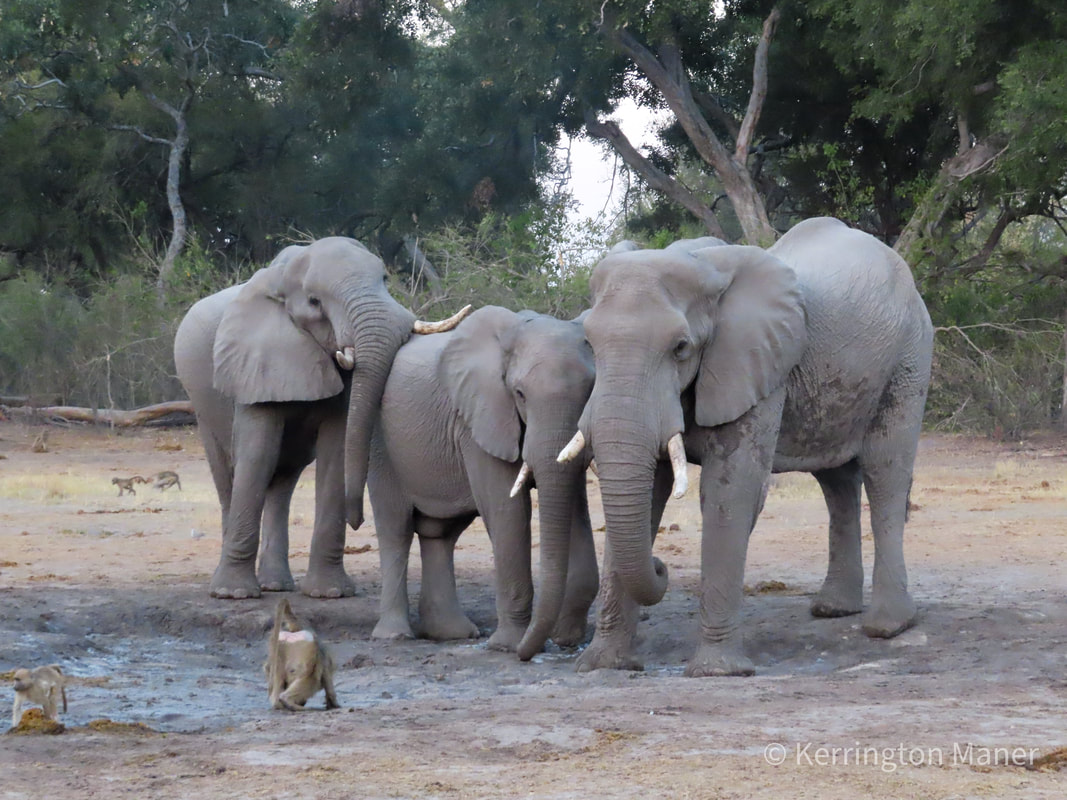
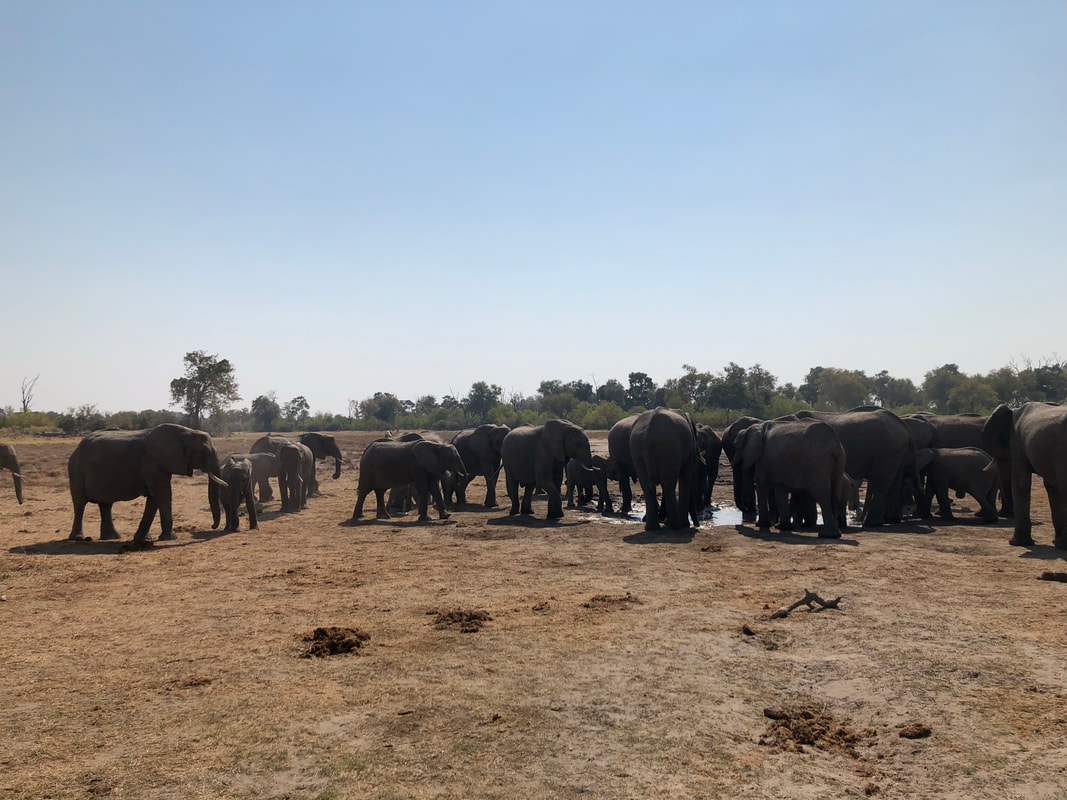
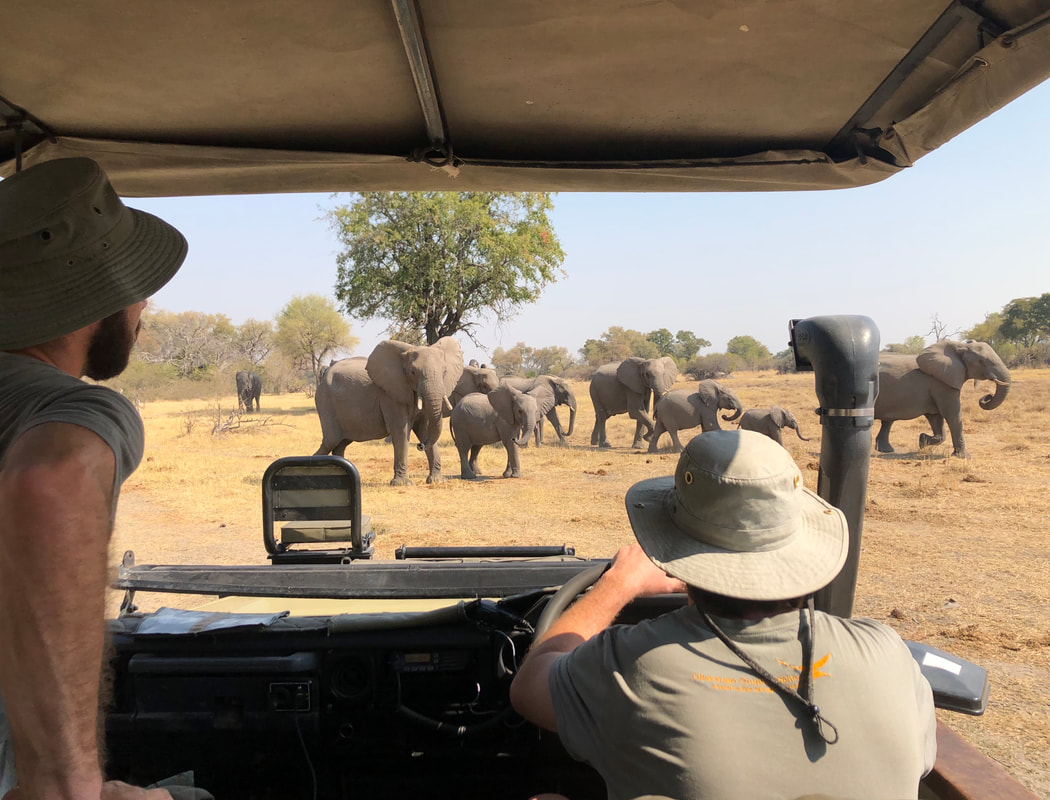
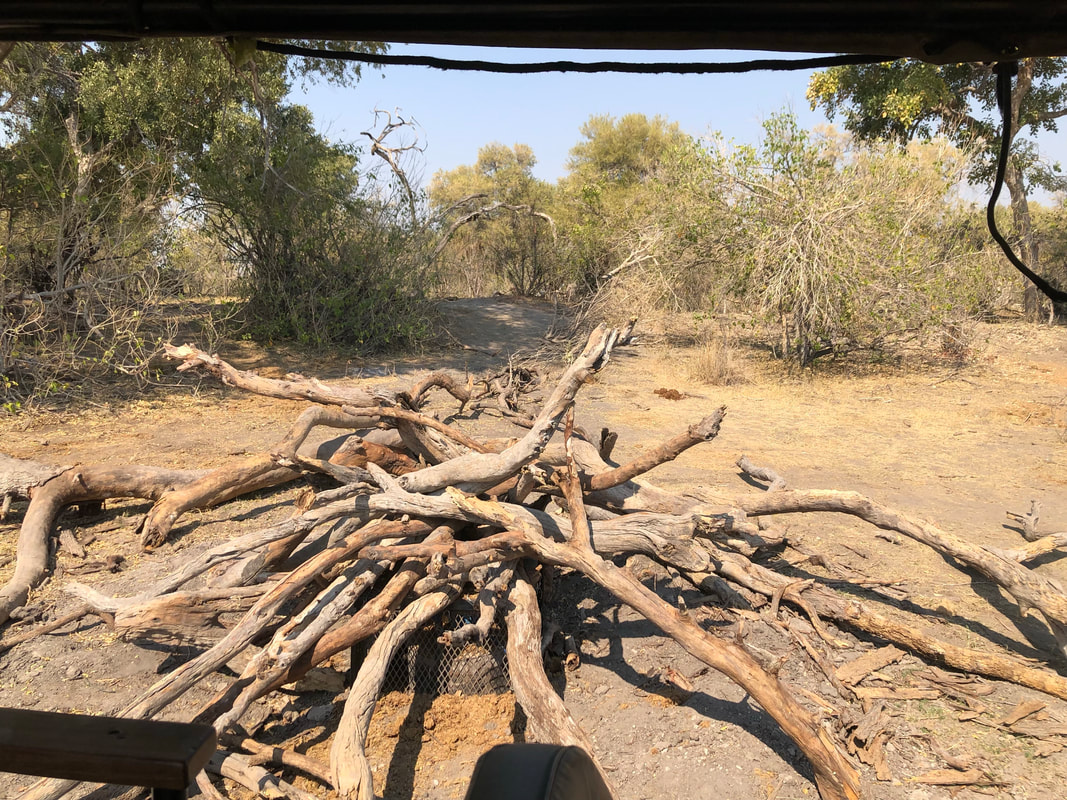
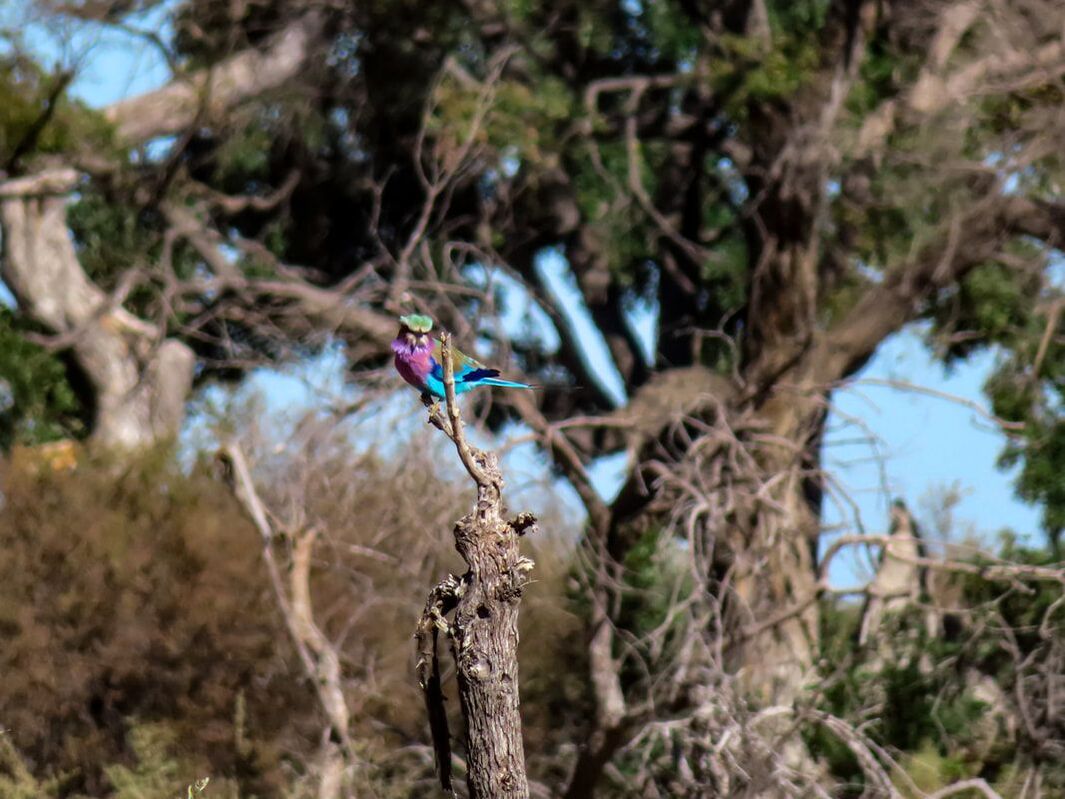

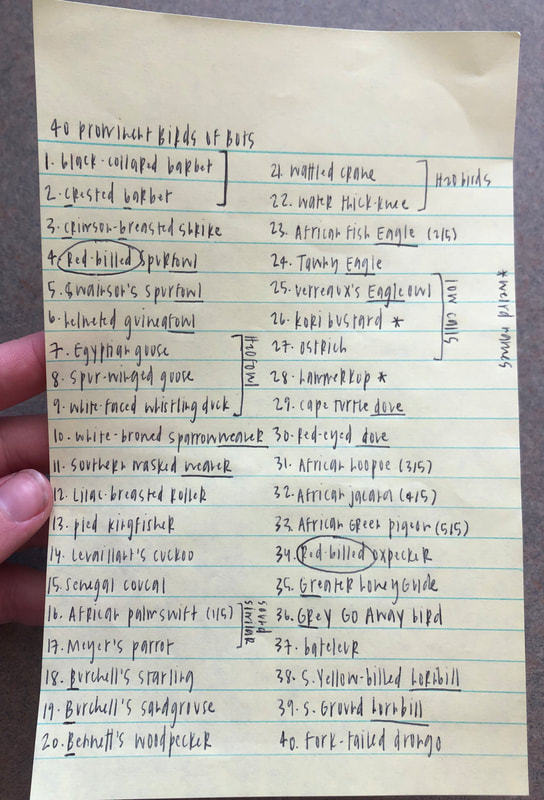

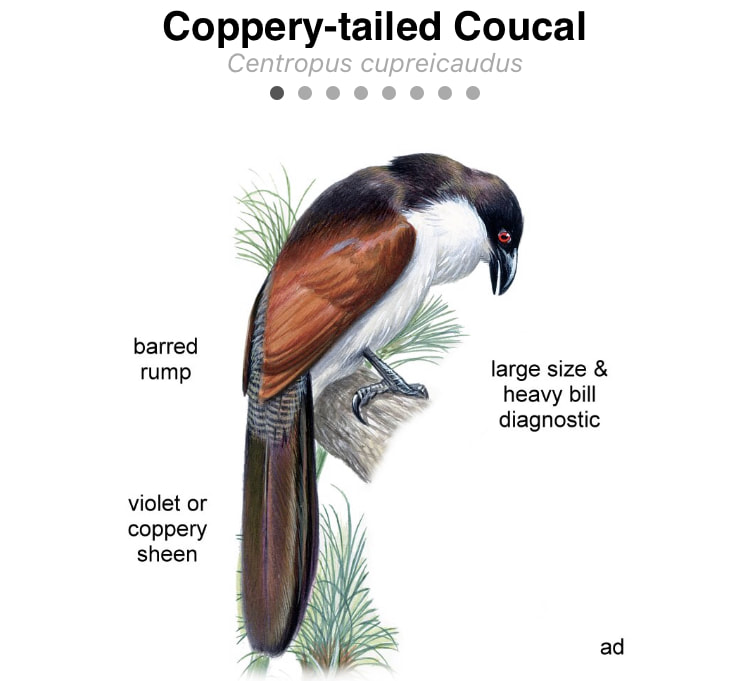
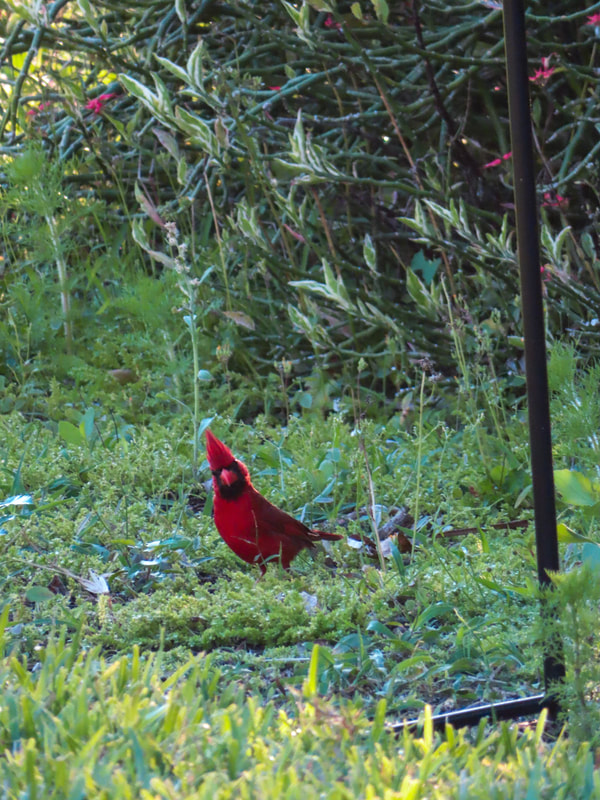



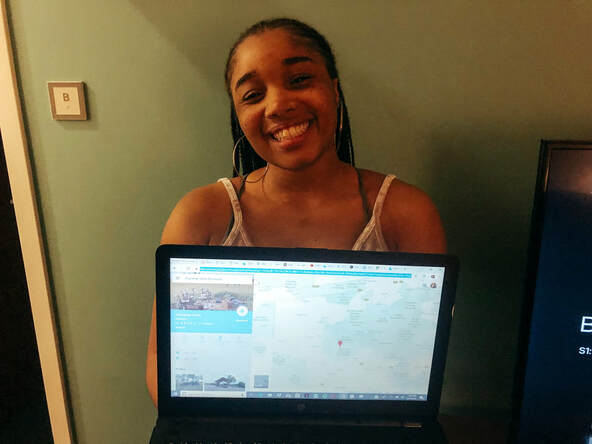
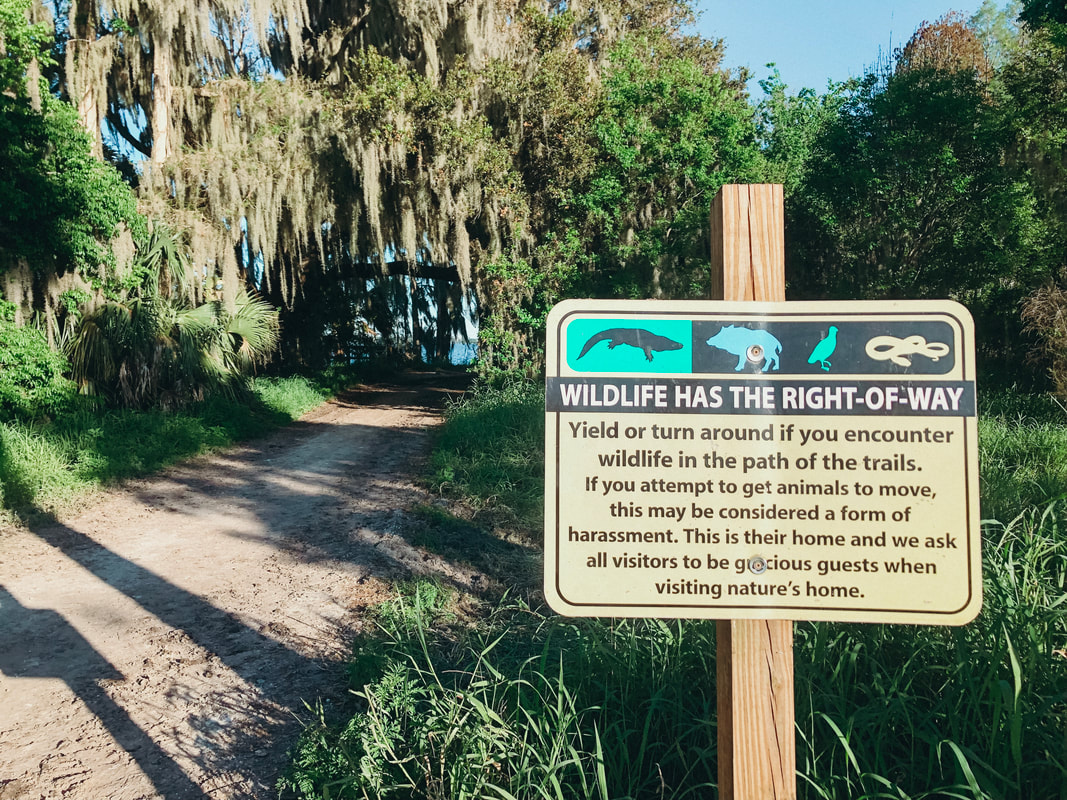

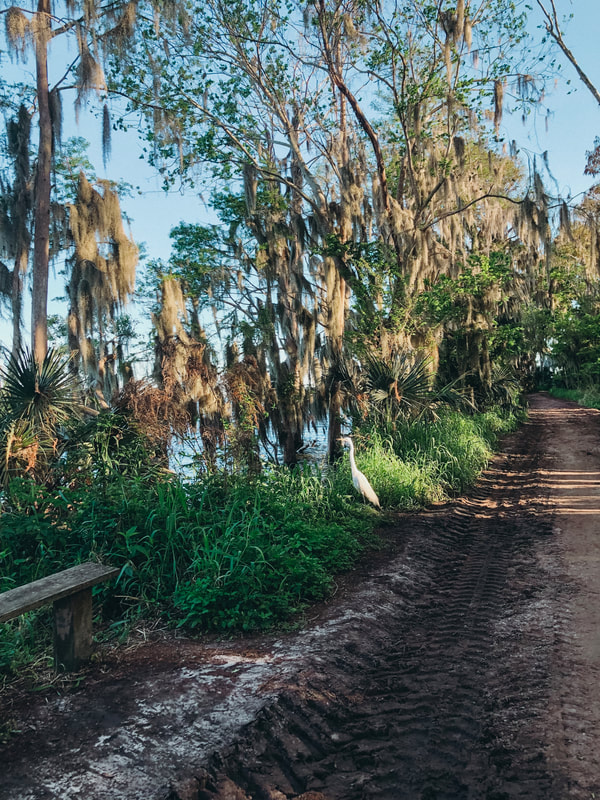
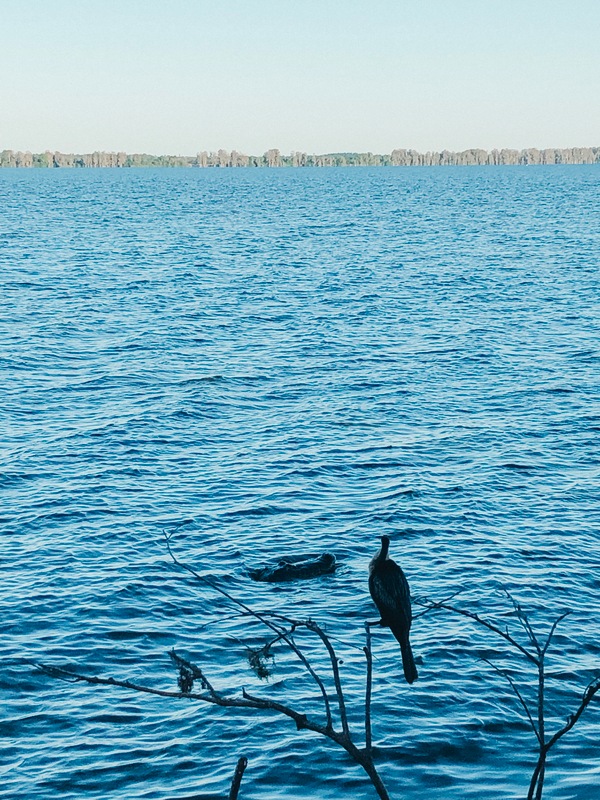
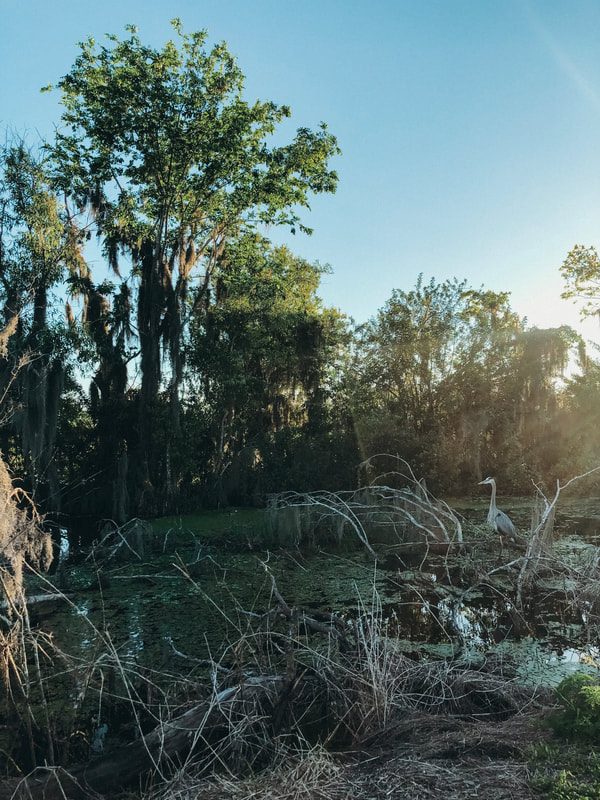
 RSS Feed
RSS Feed
